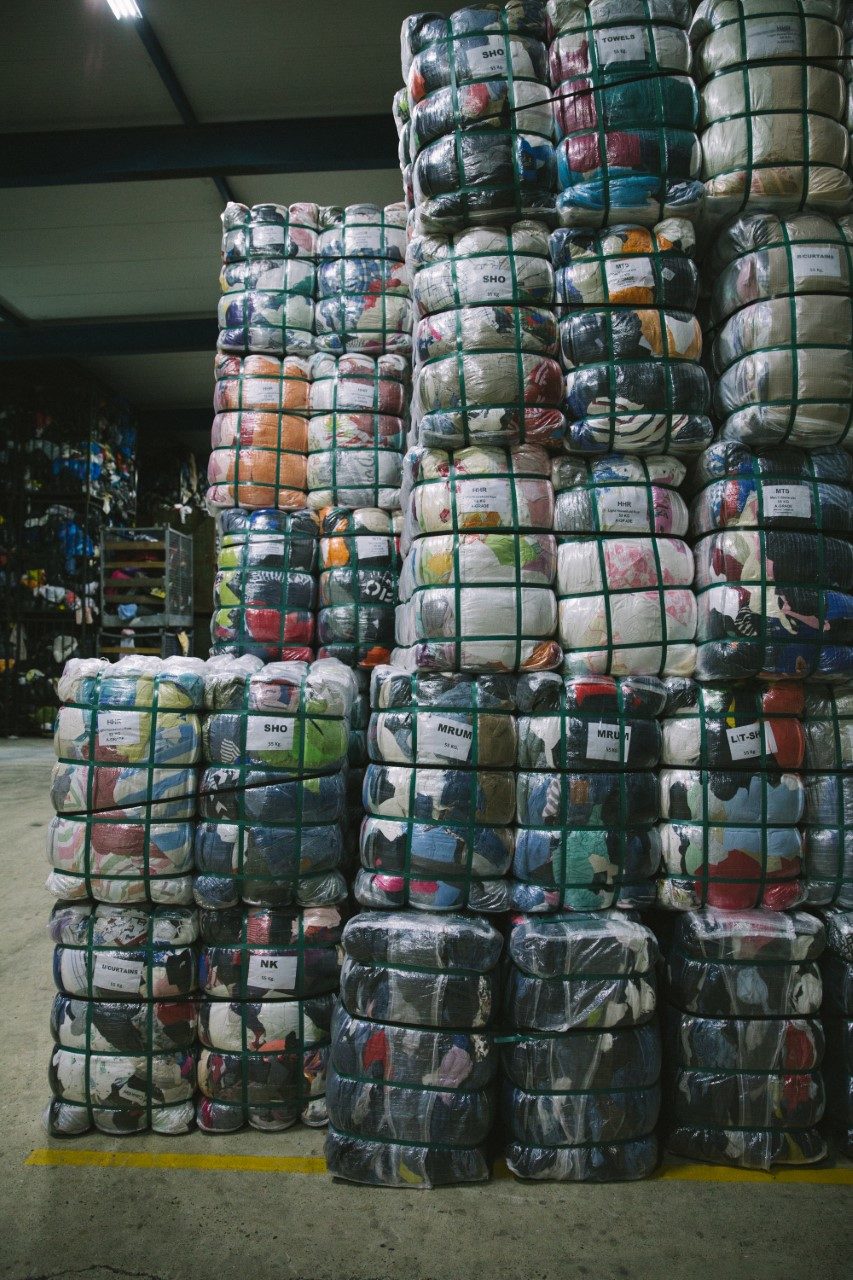Back to the circular future
In the past, people used their clothes until they were worn to a thread. Holes in socks were stuffed. Busted shoes were repaired. And the oversized pants of your late grandfather were adjusted so that you could wear them for another couple of years.
For ordinary people there was a necessity to be frugal, because they could afford only one or two items of the same garment. Those days have long been forgotten. Nowadays, markets are overloaded with a continuous flood of predominantly cheap clothes. Under the influence of fast-fashion, the total supply of garments on the world market doubled between 2000 and 2015 from 50 billion to 100 billion pieces per year. The obsolte law of diminishing added value applies to the current apparel consumer who discards his or her new clothes within the small time frame of only one year on average. In Europe and the US, each year about 20 million tons of used and unused clothes end up in landfills and waste incineration ovens. Moreover, the risk that these monstrous refuse dumps will grow fast in the near future is considerable, while the abundant supply of cheap new clothes tends to increase the inclination of governments in Africa and Asia to ban imports of second-hand clothes from the West.
Transition towards a circular textile economy
Fibersort now offers the fashion industry the unique opportunity to make major leaps in the quest to end this unsustainable waste of resources. However, the upcycling of raw materials from post-consumer clothes is not the silver bullet that solves all problems of the industry. More search directions need to be followed in the transition towards a circular textile economy. This transition also needs design for upcycling, the phasing-out of non-reusable (toxic) constituents in textile materials and products, development of product services like clothing libraries and radical improvements of the collection, sorting and recycling processes within the chains of production and consumption. It is with these search keys that Wieland Textiles and Valvan Baling Systems aim to contribute to the transition towards a new circular textile industry, using Fibersort as a fundamental building block. It is their roadmap ‘back to the circular future’.

